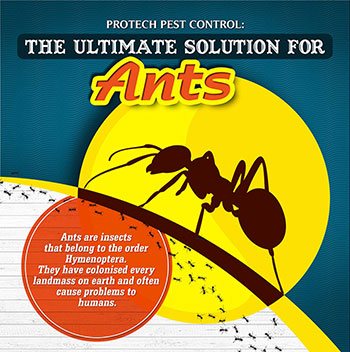Rat Control Comprehending Usual Rodent Behavior
Rat Control Comprehending Usual Rodent Behavior
Blog Article
Author-TRUE Thorsen
When it pertains to rodent control, recognizing common rodent habits is key to successfully handling invasions. Did you understand that rats have some remarkable nesting practices that might surprise you? By exploring their elaborate habits, you can gain important understandings into exactly how to take on rodent problems in a much more strategic and reliable fashion. So, allow's decipher the secrets behind these animals' actions and discover how to outmaneuver them in your rodent control efforts.
Rodent Nesting Habits
When observing rodents in their natural environment, you'll see that they proactively choose products to construct their nests. Rats, such as computer mice and rats, are resourceful animals that utilize a selection of items like branches, leaves, paper, and material to build their homes. They're precise in their nest-building procedure, frequently lining their nests with softer materials like hair or plumes to develop a comfortable atmosphere.
Rats like to develop their nests in hidden and safe and secure areas to shield themselves and their young from predators. Usual nesting places include wall surface dental caries, attic rooms, cellars, and even within insulation materials. By constructing their nests in these private locations, rats can safely raise their children far from possible threats.
It is essential to understand the nesting routines of rodents when implementing control steps. By disrupting their nests or getting rid of products, you can discourage rodents from establishing a visibility in your house or residential property. Appropriate hygiene and sealing off access factors are additionally critical steps in stopping rodent infestations.
Rat Feeding Patterns
After observing rodents' nesting behaviors, it ends up being apparent that their feeding patterns play a crucial function in their lives and actions. Rodents, consisting of mice and rats, are opportunistic feeders, implying they'll take in whatever food source is conveniently offered. They're mostly nocturnal creatures, choosing to forage for food throughout the cover of night to stay clear of killers.
Rats have a diverse diet regimen, varying from grains, seeds, fruits, and vegetables to pests, nuts, and also little animals. This adaptability in their food choices permits them to prosper in numerous settings, including metropolitan areas where human food sources are plentiful.
Their feeding patterns aren't only driven by cravings however also by the requirement to accumulate food for times of deficiency. This actions is specifically noticeable to prepare for winter season or when nesting. Rats are understood to hoard food in their nests or burrows, ensuring a continuous food supply. Understanding their feeding patterns is crucial in executing efficient rodent control measures to interrupt their food sources and avoid problems.
Rat Movement and Travel
Rodents navigate their surroundings with agility and stealth, using their keen detects to move swiftly via their atmospheres. These creatures are proficient mountain climbers, able to range walls and upright surface areas easily. They can also press with remarkably small openings, making it critical to seal off any type of prospective entry factors in your house.
When it concerns traveling, rats tend to comply with familiar courses, producing routes along walls or skirting the sides of rooms. https://www.businesswire.com/news/home/20230801938054/en/%C2%A0CenterOak-Partners-Acquires-PestNow-and-Forms-Entomo-Brands of habit, often staying with these established routes as they forage for food or explore their surroundings.
https://www.cleanlink.com/news/article/Pest-Control-Tips-For-Understaffed-Commercial-Business-During-COVID-19--28262 are known for their nighttime practices, so you might hear them scooting around in the evening as they look for food and water. Their movements are quick and irregular, enabling them to dart in and out of view in the blink of an eye.
Recognizing just how rodents move and take a trip can aid you identify possible problem locations in your home and take positive steps to stop these insects from obtaining a grip.
Conclusion
As you function to manage rats in your house, bear in mind that understanding their actions is vital. By identifying their nesting routines, feeding patterns, and motion, you can efficiently prevent infestations.
Coincidentally, by taking positive measures to remove food resources and seal entry factors, you can disrupt their familiar paths and compel them to choose new locations, inevitably minimizing the likelihood of rodent presence in your home.
